Bryan Hirota had explained to us in detail in 2014 the work of Scanline VFX on 300: RISE OF AN EMPIRE. He then worked on IN THE HEART OF THE SEA. BATMAN V SUPERMAN marks his fourth collaboration with director Zack Snyder and VFX supervisor John DJ Des Jardin.
How was this new collaboration with director Zach Snyder and VFX Supervisor John Des Jardin?
This is the fourth project that I’ve worked on with DJ and Zack together. Having that amount of history definitely streamlines the process. Zack is one of the most dedicated and hardworking individuals you’ll come across. He has a talent for crafting interesting visuals. This enthusiasm and drive to achieve his vision affects the entire crew and encourages everyone to deliver their best. One of the finer qualities about both DJ and Zack are that they are very open and willing to consider ideas we’d present.
What was your feeling to work on this new Superman movie?
Thrilled. Frank Miller’s The Dark Knight Returns remains on my shelf as it has ever since 1986 as one of my most favorite things ever. Sitting next to it is The Death of Superman. So being asked to work on a movie that draws influence from those sources? I certainly didn’t need to be asked twice.
Can you describe one of your typical day on-set and then during the post?
The majority of the work I did on-set was done during the fall outdoors in Michigan with quite a bit done at night in various locations throughout Detroit. While on location it was invaluable to me to be able to rely upon my Digital Effects Supervisor Harry Mukhopadhyay and Art Director Nick Crew to develop and move the show forward. The strongest memory I have from being on-set can be summed up with a single word: cold.
During post our mornings would usually start with a production meeting to bring together key members from both our Los Angeles and Vancouver offices to go over scheduling and any particular hot items. The balance of the day would then be filled with dailies for the various disciplines culminating in the review of shots we would be proposing for client review.
What are the sequences made by Scanline VFX?
Our largest sequences were the Batmobile chase, the kidnapping of Lois and confrontation with Superman and Lex on top of LexCorp tower and the Martha Rescue sequence which includes the warehouse fight.
We were responsible for building the new post MAN OF STEEL Metropolis, Wayne Manor and Washington DC. Also Scanline created the vignettes showing Superman acting on a worldwide basis while the questions raised by his existence are debating on television.
Additionally we had a bit of fun introducing Aquaman’s in his cameo.
How did you approach and created the various sequences of Superman saving people?
Zack had a very specific idea for these four long and distinct shots of Superman saving people on a global scale to be woven into a montage of broadcasters debating what it means for the world to have someone like this a part of it. The genesis of each of the vignettes started (as it does with all shots on his films) with a series of storyboards drawn by Zack himself. To refine the ideas art director Jelmer Boskma created a series of illustrations to help define mood, lighting and some of the more specific details of the individual scenes. Being able to go back and forth with Zack in this manner allowed us to narrow our focus as we moved into actual shot production.
The Colorado vignette that was photographed in the backlot of the studio in Michigan with rooftop sets on asphalt. In post we used our flowline software to simulate the river and debris going around the houses. We extended the environment with added extra houses, trees and distant mountain ranges. We ended up replacing the sky to give it a bit more visual interest and as we turn around we added in Superman.
For the failed Soyuz launch, Henry was photographed holding up a weighted buck up over his head and completed the action of landing and hoisting it. We built a digital Balkinour Cosmodrome and combined both simulations for the launch and ultimate failure with a mix of photographic pyro elements. As Superman flies forwards and lands we switch over from our digital character to the plate of Henry.
The Mexican factory was improvised a bit from our original intention. The night we were going to shoot it the weather was not cooperating and we were unable to raise the planned green screen and lift Henry and the girl on the wire rig. Ultimately we needed to rely upon digital versions of both of them and similar to the Soyuz vignette do a handover upon landing. Our FX team collapsed the building and provided us with fire, embers and pyroclastic smoke elements that we combined with some live action elements.
For the arctic vignette Henry was photographed holding a proxy chain and pulling against resistance on a green screen stage. We replaced the chain in his hands with a digital one that led back to a damaged Ice Breaker being pulled on it’s side. We created a large ice field that would break and accumulate chunks on the leading edge of the ship as it was pulled forward. Additional simulations were run for the blowing snow and compressed snow under his feet.
Can you tell us more about the Superman cape?
For Julius Lechner, one of our CG Leads responsible for much of our FX work, the biggest challenge for both capes was that on one hand they had to act and feel natural but on the other hand behave in an art-directed way and create appealing shapes that remind the viewer of the original comics.
Superman’s cape is a character on it’s own, with its iconic zero-g feel where every burst of wind can influence the mood and message of a shot, which at times can be tricky to achieve with Superman’s movement. If it looks right it won’t be questioned but if not, everyone in the audience would immediately notice it. Batman was a bit easier because his cape is not such a dominant part of his character, but nevertheless we had to be able to guide its simulations to match typical batman silhouettes when needed.
For both characters we solved this challenge by having cloth rigs that would allow us to pose the capes into the desired shape and have the simulation follow it, without being obviously guided. For Superman we even went a step further and built a two-level simulation rig where the artist could visualize the overall dynamic motion of his cape in real time and then run the full simulation that would end up having the same characteristics but with the proper cloth behavior.
Let’s talk about Batman. How did you created the Wayne Manor and the Bat cave?
The dilapidated Wayne Manor was based on the Sutton Scarsdale Hall which is located just outside of Chesterfield, Derbyshire in the UK. In the film Wayne Manor isn’t quite as damaged as the Sutton Scarsdale Hall and has some minor changes that Zack wanted. A small interior set piece was built in the middle of a large field in Metamora, MI and we integrated that into the interior of our model.
There was a full size Batcave built on one of the stages at the studio in Michigan. It looked great but only covered 180 degrees and for the shot where the Batmobile returns needed more like 360 degrees of coverage and had to be much larger. Scanline extended the environment by creating the cavernous space that housed the Batcave and continued the ramp that extended out past the hydraulic door through the tunnel and to the large doors that let the Batmobile in or out through the lake.
How did you work with the art department for the Batmobile and the Batwing?
From the start there was a full-sized working Batmobile. We were allowed access to it early on in California before it was shipped off to Michigan for the shoot. This provided us an opportunity to study, photograph and measure the vehicle early on.
The Batwing was a bit different. We received artwork and models from the art department but for this vehicle they were only going to construct small portion of the cockpit. Through the process of completing this asset we worked through various weapons systems and approaches to achieving the desired VTOL capabilities.
Can you explain in details the creation of these vehicles?
Much of that responsibility fell onto the shoulders of Matt Bullock who was the CG lead responsible for modelling these vehicles. Of the two the Batmobile was a much more straightforward process as we had quite a bit of photographic reference and lidar to build from. Having so much footage of the real car drive and on film in lit environments gave us a really clear idea of how ours needed to look and behave.
For the batwing taking it from concept to reality was a challenge. We received a concept art and a model as well as the set pieces and we had to fit them all together while keeping in mind how they all needed to work. We looked through reference of military aircraft to see what panels and aerodynamic features should be incorporated into the Batwing. We drew inspiration from the Northrop Grumman X-47B in terms of trying to achieve functionality in our aerodynamics. Also as having the capabilities for vertical takeoff and landing were a must we adopted a central fan/jet system as seen in the Lockheed Martin F-35 Lighting II.
Once we were happy with the design of things we had to sort out functionality issues such as the rotating engines, folding wings, landing gears and VTOL system. All of these systems needed to be packaged into the craft in a way that made sense as it transitioned from flying to the landing pose. Solving the way the guns could fit into the front of the wings within the same volume was tricky. Once we had that resolved the next challenge was figuring out the timing and the way the panels would fold into the wings revealing the gun.
How did you enhanced the Batmobile chase sequence?
For the Batmobile chase the desire was to try and film as much as possible in camera with the real Batmobile and practical effects. Where necessary we would augment the real Batmobile an example being the backfire from the large central exhaust pipe and the rear mounted cable/harpoon. When the scene required a stunt that would damage the real Batmobile we would use the proxy version (that we affectionately referred to as the smashmobile) to collide with objects and replace the smashmobile in post with the CG Batmobile.
Lastly came the category of shots that were unachievable with either vehicle and those comprised of a mix of putting the CG Batmobile into live action plates and full CG shots. One complication for the chase was that while it appears as a continuous chase in the film it was filmed over multiple weeks in various locations throughout Detroit. To try and maintain the sense of continuity we would look for ways to integrate details from the previous cuts/locations into the backgrounds of subsequent shots. Additionally we needed to remove iconic Detroit landmarks and add additional gritty industrial detail to the background to help it feel like Gotham.
Can you tell us more about your work on the Batwing in the various sequences?
In addition to creating the Batwing as a shared asset we put the plane to work in the rescue of Martha from the warehouse and as Batman flies towards Metropolis and ultimately sees the aftermath of the nuclear weapon being detonated in space. We shot aerial plates to integrate the Batwing into where possible. Where we wanted to have the freedom in post to have the camera follow the plane we would shoot aerial tiles to allow us to reconstruct a photographically based environment and move the camera and craft through that.
What was the main challenge for the Batmobile and Batwing sequences?
The main challenge with the Batmobile shots was making sure that when the CG Batmobile was called upon it wasn’t noticeable to the audience. This put a great deal of responsibility on the departments responsible for shading, textures, lighting and compositing to ensure that the digital replacement would seamlessly fill in where needed. For the shots where we needed to put a digital Batmobile in a pure digital environment a concerted effort was made to try and match the real world lighting found in surrounding shots.
The Batwing faced similar challenges but since whenever seen flying it was fully a digital creation that changed the dynamics a little. We had the luxury of not having to cut back and forth with a live action batwing but at the same time we no longer had an abundance of hard reference.
Both sequences were also enhanced by many small scale simulations from the FX team. They were called upon for anything from rooster tails from the Batmobile’s tiles to contrails off the wingtips of the Batwing.
How did you enhanced the great fight sequence of Batman in the warehouse?
Similar to the Batmobile chase there was a concerted effort to make Batman’s fight visceral and real capturing as much in camera as possible. Stunt Coordinator/2nd unit director Damon Caro choreographed this fight and his team’s “stunt viz” gave visual effects a chance to understand the action early on.
In addition to the usual task of removing safety equipment and stunt gear one of the main components would be that for the action shots Batman would primarily be photographed without his cape. This was to allow us to direct cape performance, allow cape continuity between cuts and to not be held up by shots with perfect stunt action but unsatisfactory cape performance. When putting the cape back in care was taken to re-light Batman (or any of the thugs) to account for the light occlusion.
Also while the grapple gun he was holding was real the cable and projectiles it fired we added in post. Although surprisingly the wooden box that he slingshots towards the bad guys was an in camera practical gag. Lastly we took care to make sure all of the punches and kicks really connected. We added in impact hits, spit from facial contact and sparks from metal on metal contact.
Can you tell us more about the legs work for Wallace Keefe?
Fairly straightforward process. Depending on the shot we did a partial replacement or a full replacement from the hip. In either case we needed to then go in and repair the wheelchair. There were two wheelchairs.
How did you created the massive explosion in the UC Capitol sequence?
The approach Julius Lechner’s team took on this one changed a little bit over time. We started off with matching the timing of the previz and procedurally placed a generic smoke simulation for each breaking window. Those 200+ simulations gave us a pretty good idea of not only the big top-down shot but also for all the other ones, since they were all based on the same timing. This procedural approach in the beginning made it easy to move forward and figure out which areas we wanted to do custom simulations for. Later on we replaced those generic simulations step by step with more detailed ones that were tailored for each angle and covering bigger areas rather than one for each window. An important aspect that we tried to achieve for the main fireball was to find a good balance between fire and heavy smoke and push the visual quality of it, which required us to explore new shading techniques for the atmospheric renderings.
Have you enhanced your pipeline for the destruction and explosion shots?
While the destruction and explosion work was challenging, I do not think we required any enhancements to our destruction pipeline. Scanline is frequently called upon to destroy things both big and small and has over the years built up a pretty robust pipeline for wrecking things.
How did you created the Metropolis and Washington cities environments?
Early on DJ and I decided we wanted to have Metropolis have it’s basis in a real city. The anchor point for Metropolis was the intersection of Michigan and Randolph street in Chicago. This allowed us to put Metropolis’ Hero’s Park where Chicago’s Millennium Park is and provide some kind of photographic basis for the various views of the city. We still constructed a CG version of the city starting with a custom build of the park created in the area destroyed from Superman and Zod’s fight in the first film. The containment building that housed the crashed Kryptonian spaceship was built by Weta and incorporated into the park and city. The area immediately around the park consisted of custom built streets and buildings. Beyond that we used City Engine to help us provide urban planning us to give roads, bridges and districts based on some kind of logical heuristics. For the deep background we had a more procedural forest pack based building system and in the deepest background we built a cyclorama from aerial photography in and around Chicago. Whenever possible we would use photography as our basis for Metropolis removing specific buildings from the skyline and adding in the content that doesn’t exist in real life such as LexCorp tower and Hero’s park.
As all of the scenes taking place in Washington DC were to be filmed in Michigan it was our job to make it look like it took place in the nation’s capitol. After the scenes were photographed Scanline sent a team to DC to photograph reference material with matching angles taking care to capture as similar lighting conditions as possible. We would then line up the plate photography and the reference and analyze what needed to be built, what would need to be lit and what could work as a projection. This procedure was followed where it was the interior of the Capitol or the esplanade leading into the Arlington National Cemetary. The slight exception was the Capitol building itself which needed to be constructed such that we could blow out it’s windows and view it from above. Since there’s a no fly zone around the Capitol and National Mall we had to rely on a number of creative sources for references of the roof.
Can you tell us more about the Aquaman cameo?
For the hero shot of Aquaman, Jason was photographed in an underwater green screen environment. We created the sunken ship environment including the sea life and observing ROVs. Additional treatments were done to give him some small details like his reflective cat eyes when in the dark. For the wide shot of him leaving Zack wanted Aquaman to be able to take off with a force analogous to Superman’s flight in the air. Our fx team ran simulations to show the detritus and plankton in the water reacting to this impulse energy and the cavitation effects caused by his rapid acceleration.
What was your most complicated sequence and how did you achieve it?
I think for us the biggest challenge was the breadth of the work we were tackling. We had such a wide variety of shots and sequences that it was difficult to make sure everything moved forward at the appropriate pace. When you have a large sequence after you’ve finaled the key shots you can amortize the lessons learned and apply them to the remaining hundreds which for us was the case with the warehouse fight, Batmobile chase and action on top of LexCorp. The numerous smaller sequences are tricky in that once you’ve finished the key shots you are more or less done with the sequence and can’t reap any rewards from lessons learned.
Was there a shot or sequence that prevent you from sleep?
There wasn’t anything in particular that prevented me from sleep during the post-production process. The only time on this show that I lost a lot of sleep was during the filming of the Batmobile chase. That was a few solid weeks at various locations around Detroit all at night. Did I mention it was cold?
What do you keep from this experience?
For myself and I think for the entire Scanline team this was an amazing experience. To be able to work on a film featuring both Batman and Superman that had such strong visual elements ranging from Michael Wilkinson’s costumes, Patrick Tatopolous’ production design to Larry Fong’s cinematography set a really high standard that everyone on the team got behind and worked hard and long to try and meet.
How long have you worked on this film?
Including pre-production, production and post I worked on it for a year and a half.
How many shots have you done?
We delivered approximately 350 shots for the film.
What was the size of your team?
At it’s peak our team size was nearly 200 with artists working in both our Vancouver and Los Angeles offices.
What is your next project?
Currently I’m in post on Terry George’s film THE PROMISE and will start up on THE JUSTICE LEAGUE PART ONE in the very near future.
A big thanks for your time.
// WANT TO KNOW MORE?
– Scanline VFX: Official website of Scanline VFX.
© Vincent Frei – The Art of VFX – 2016


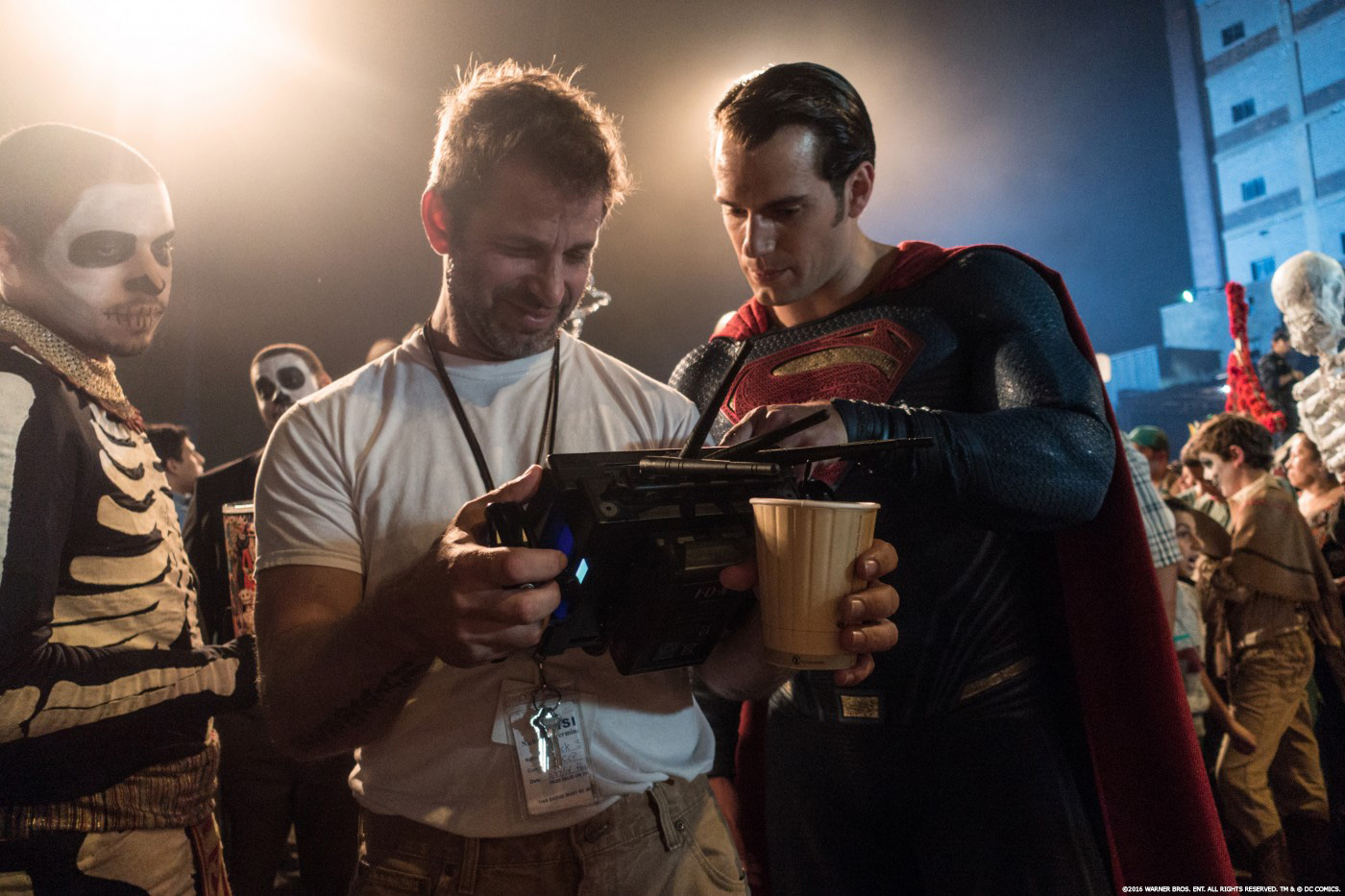
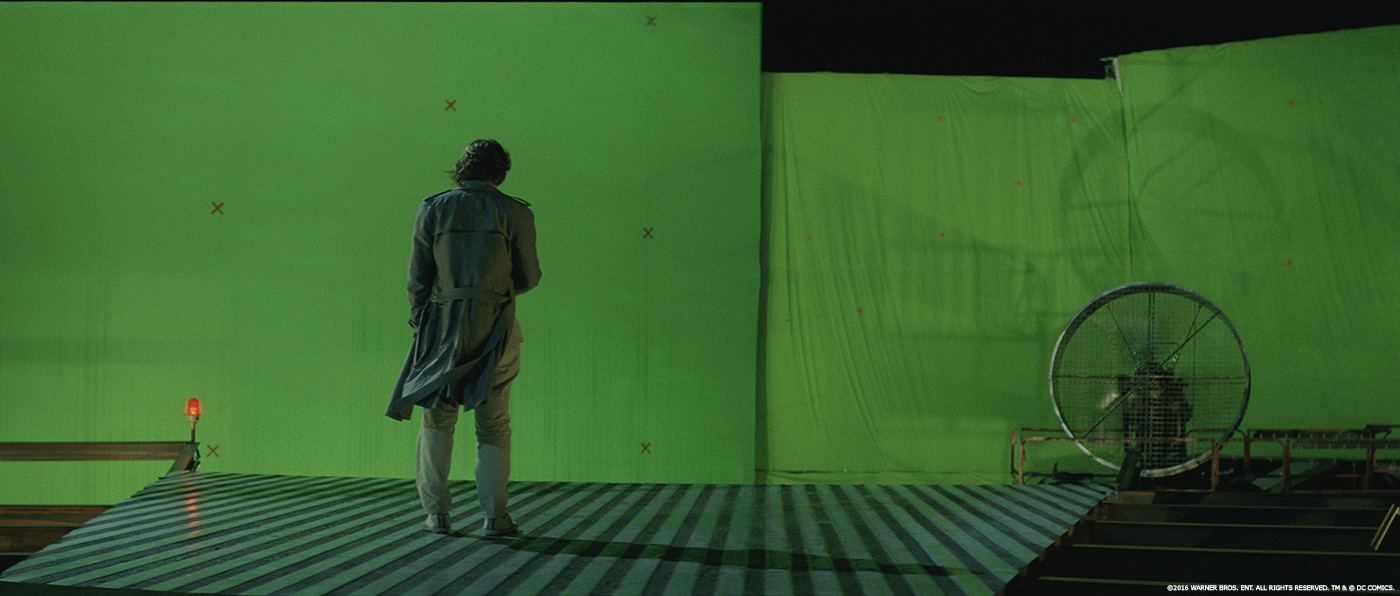
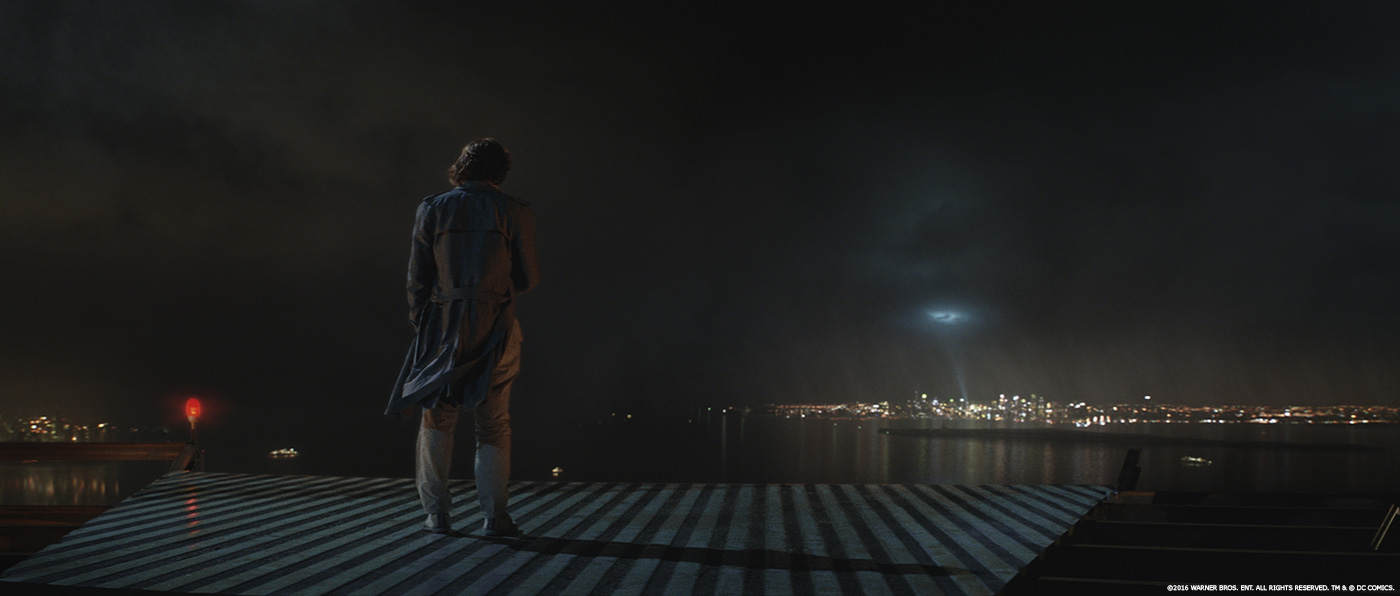

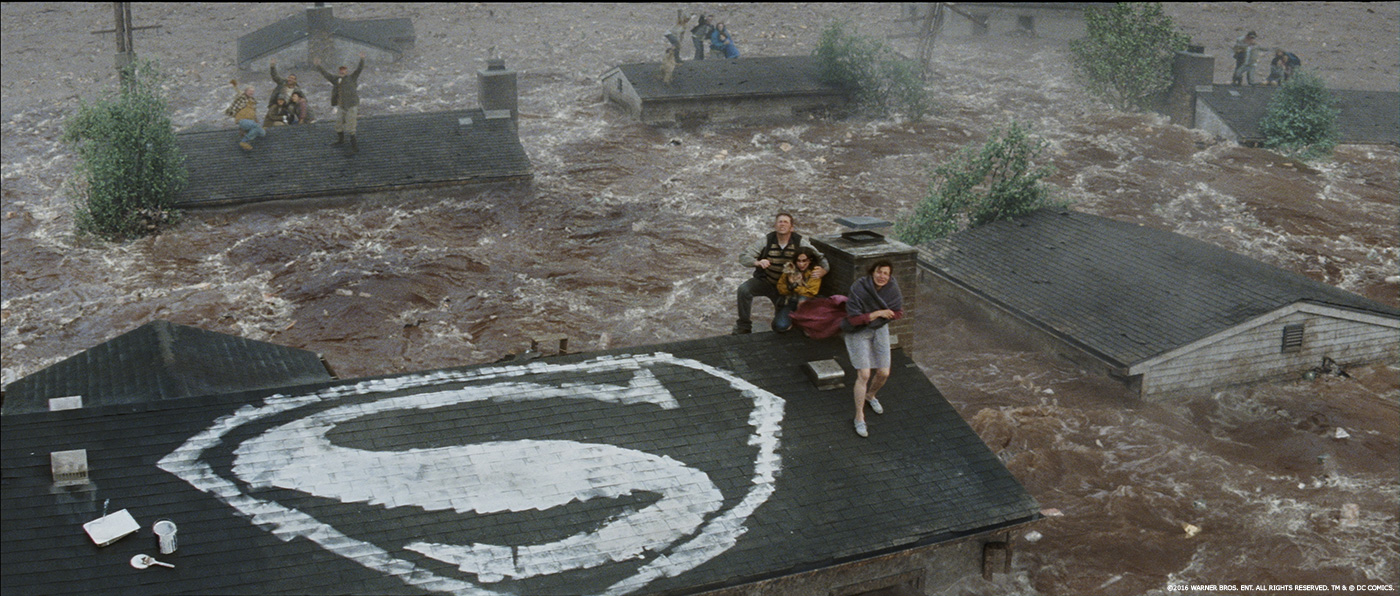


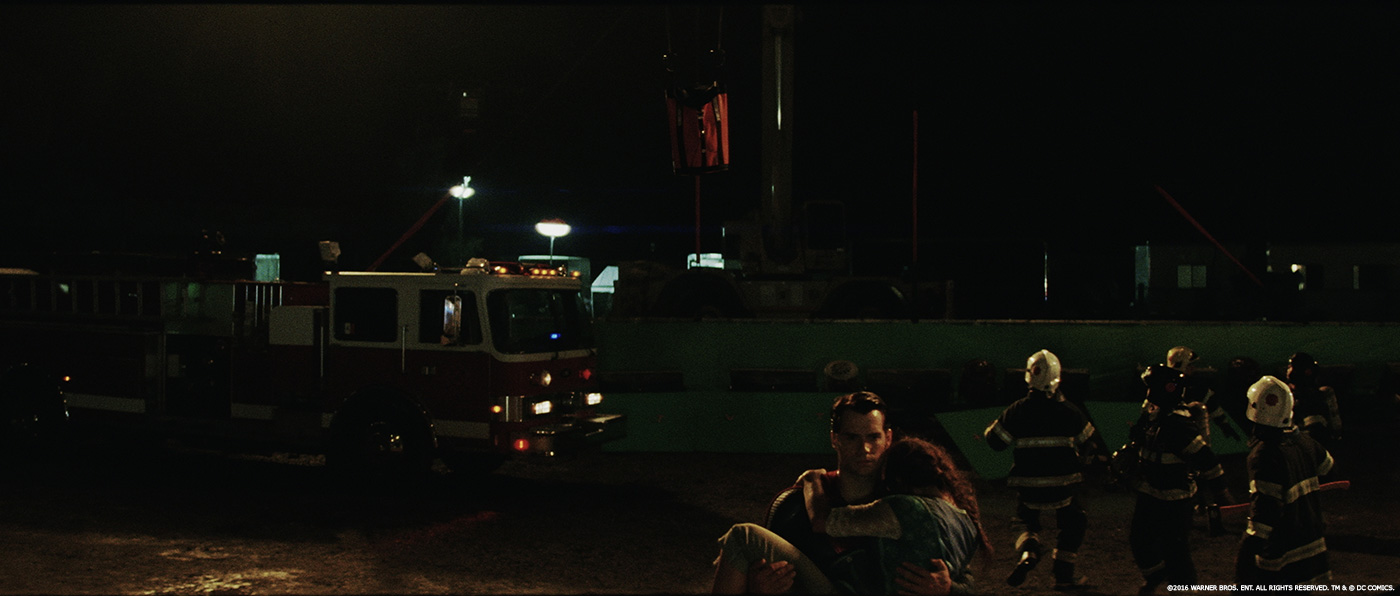
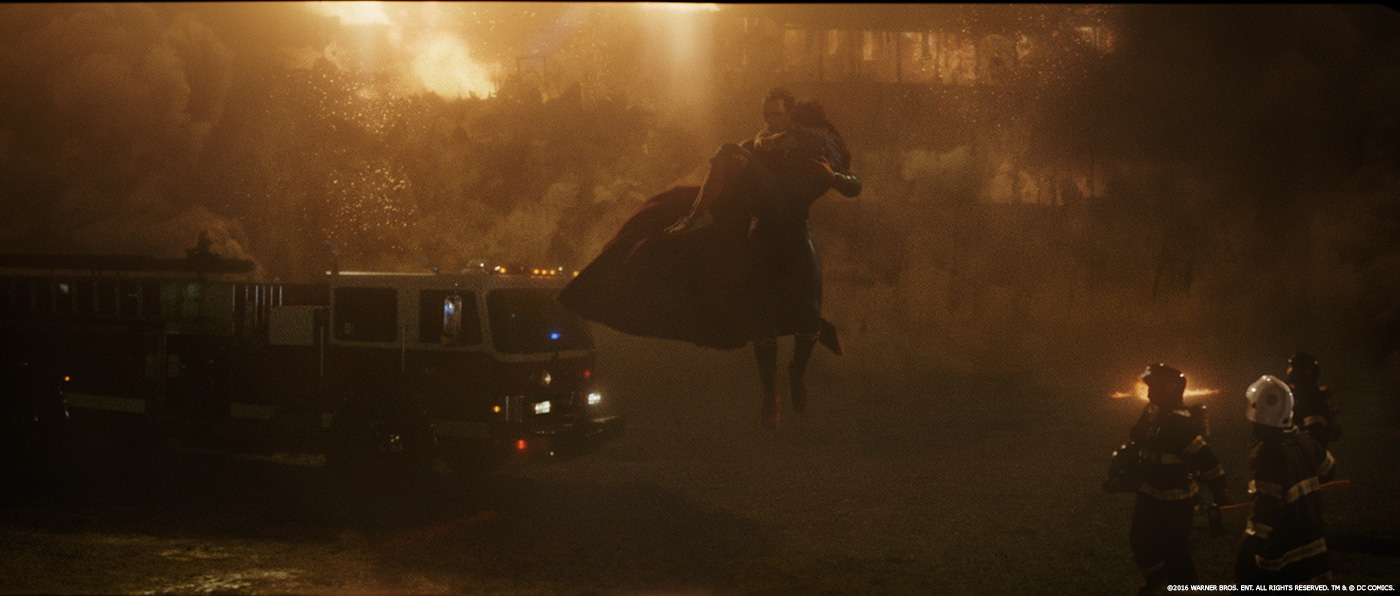
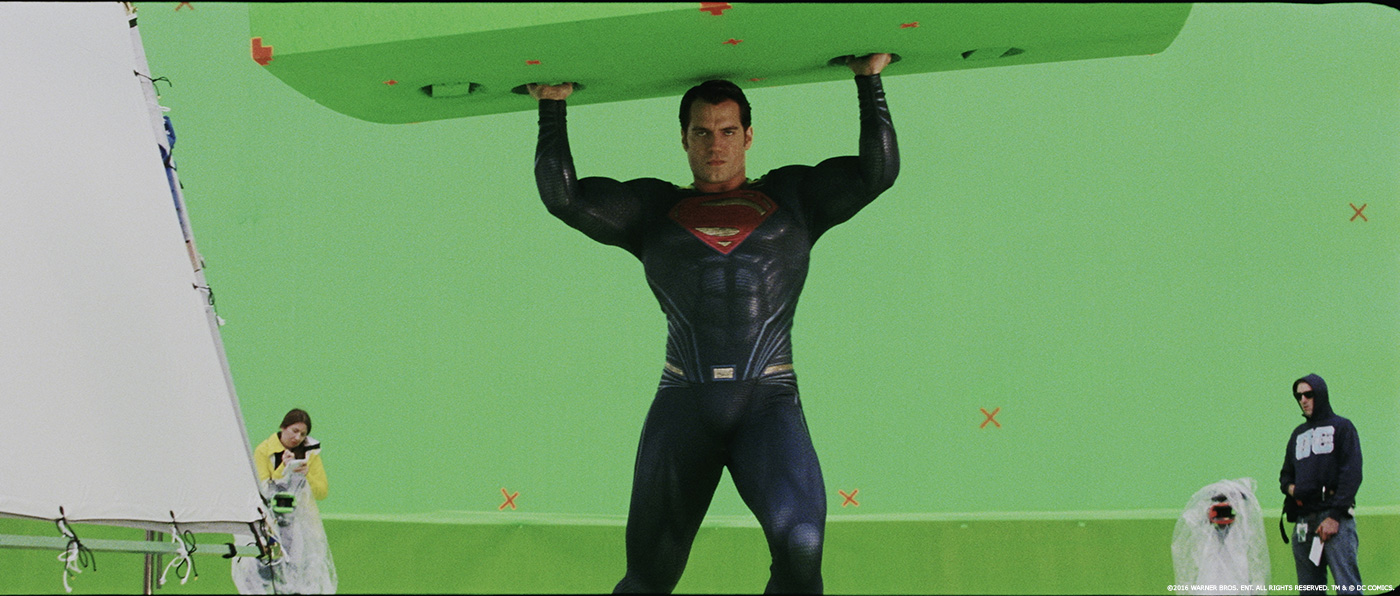

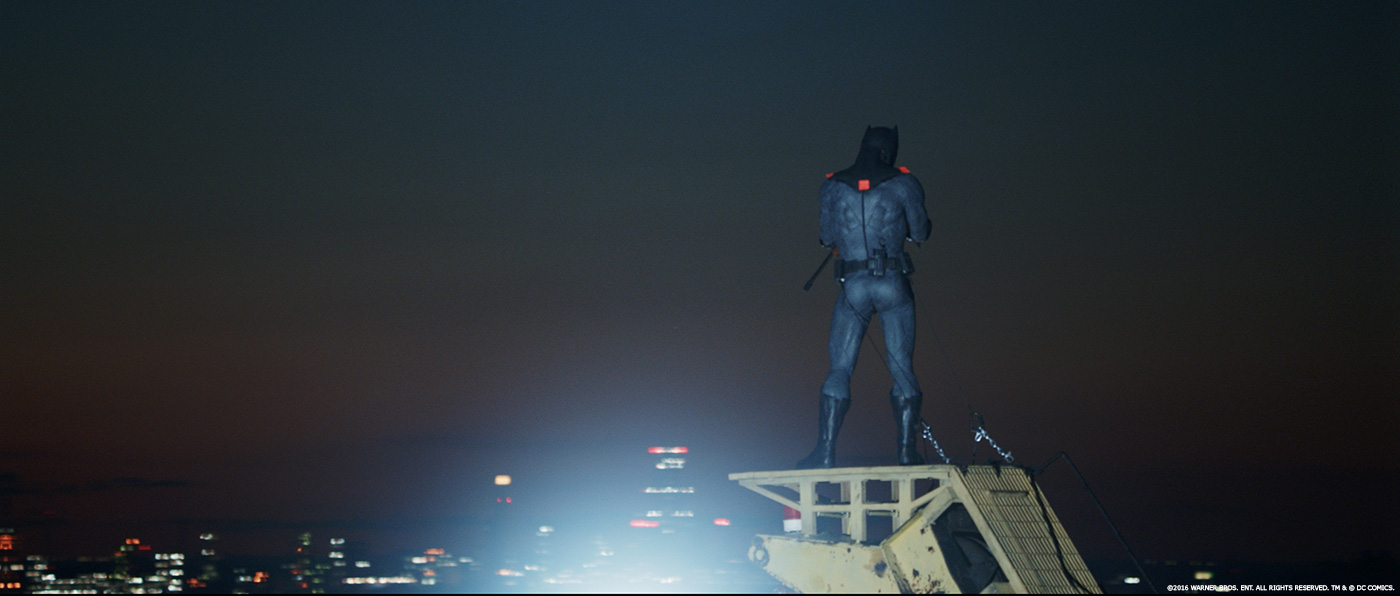
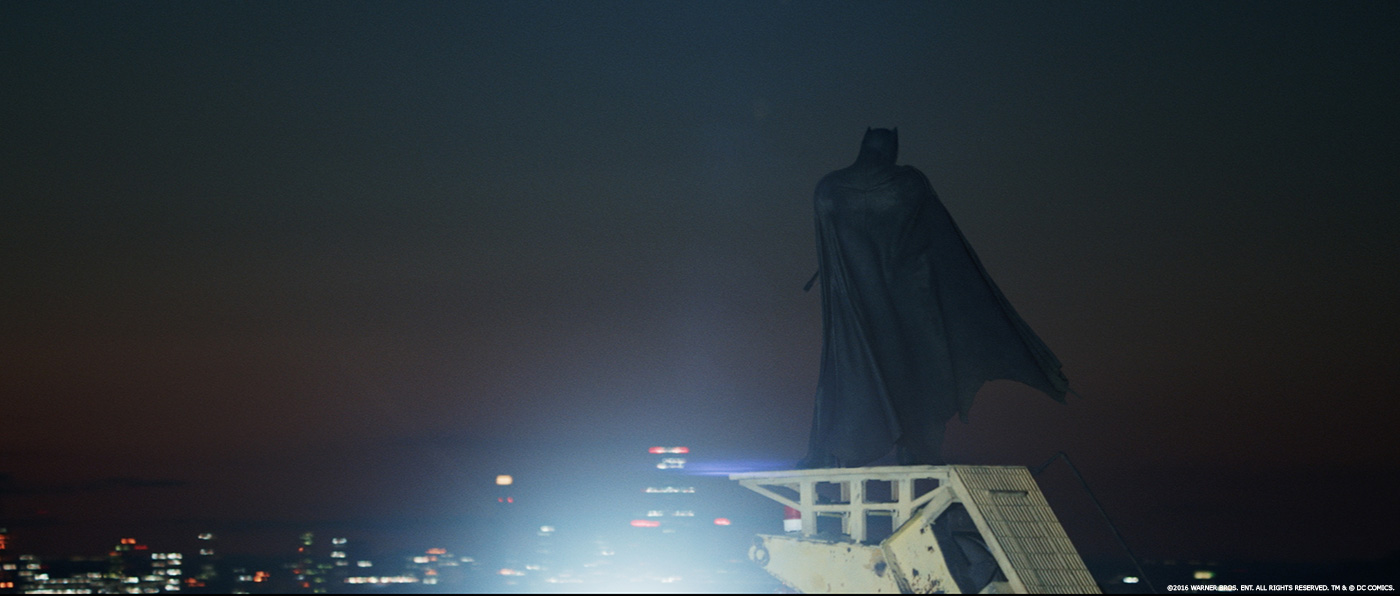
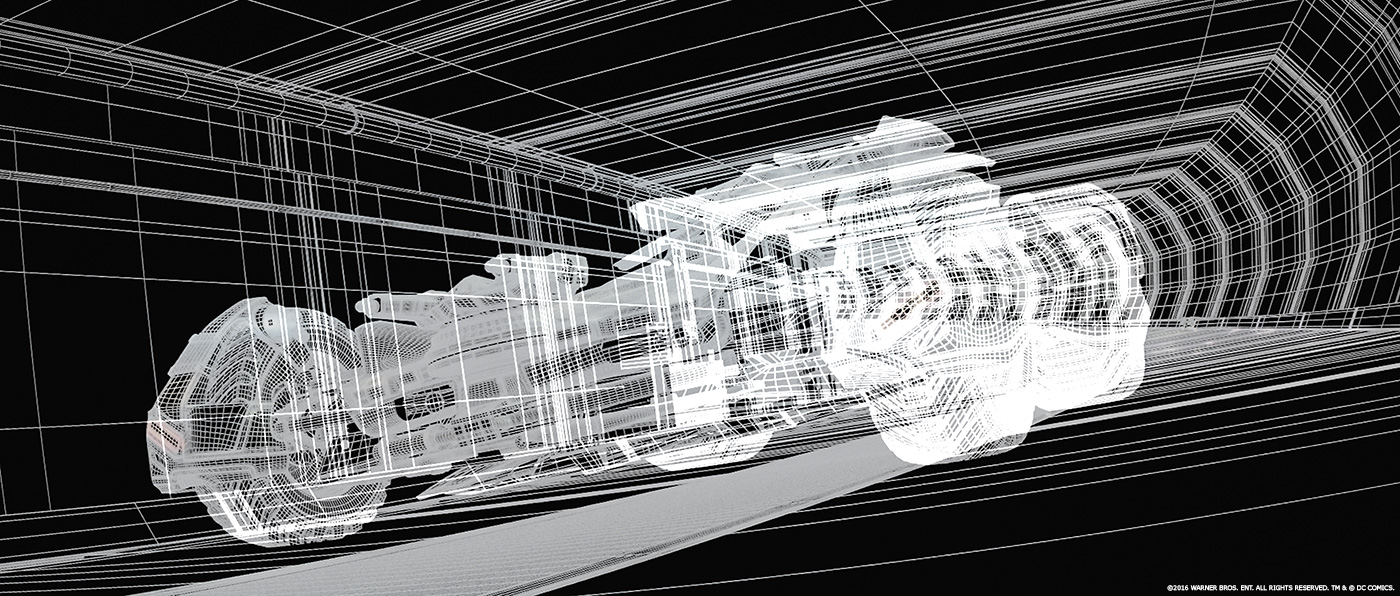
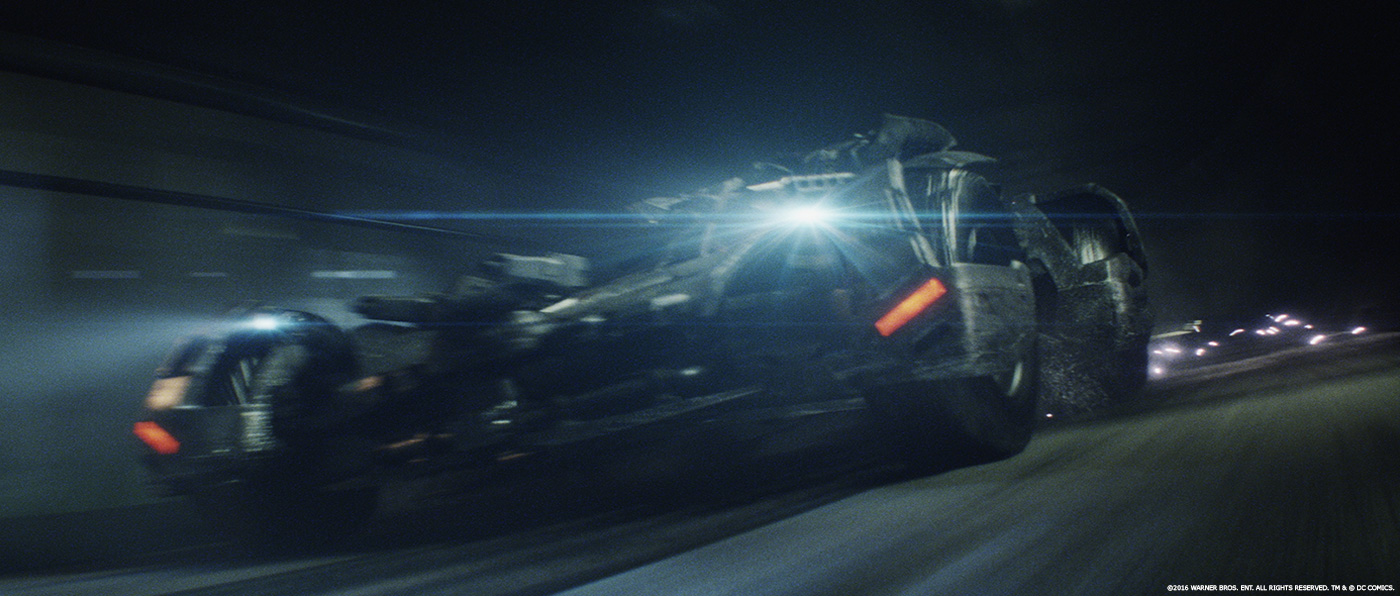
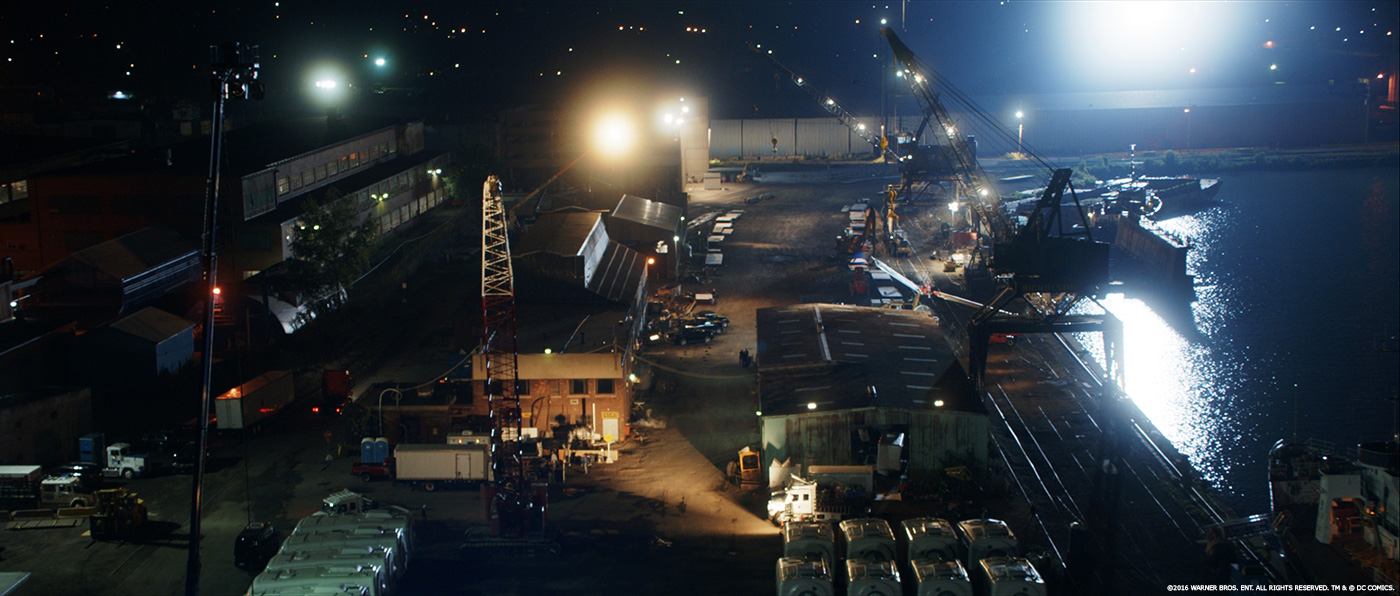


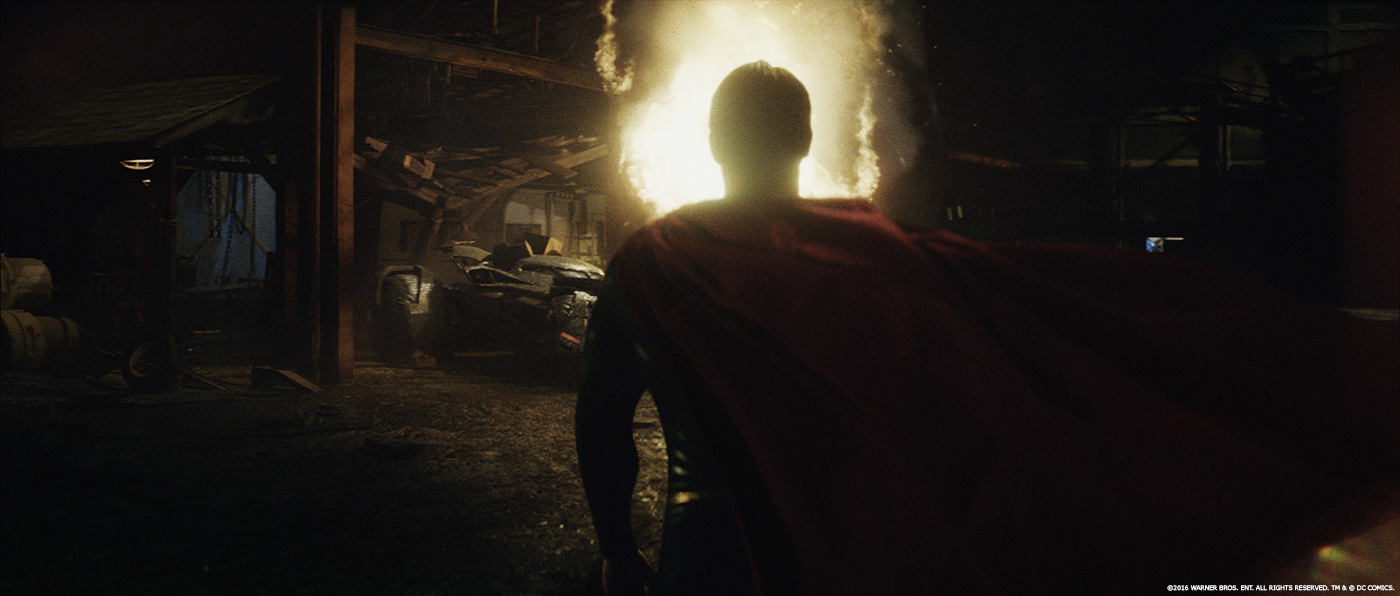
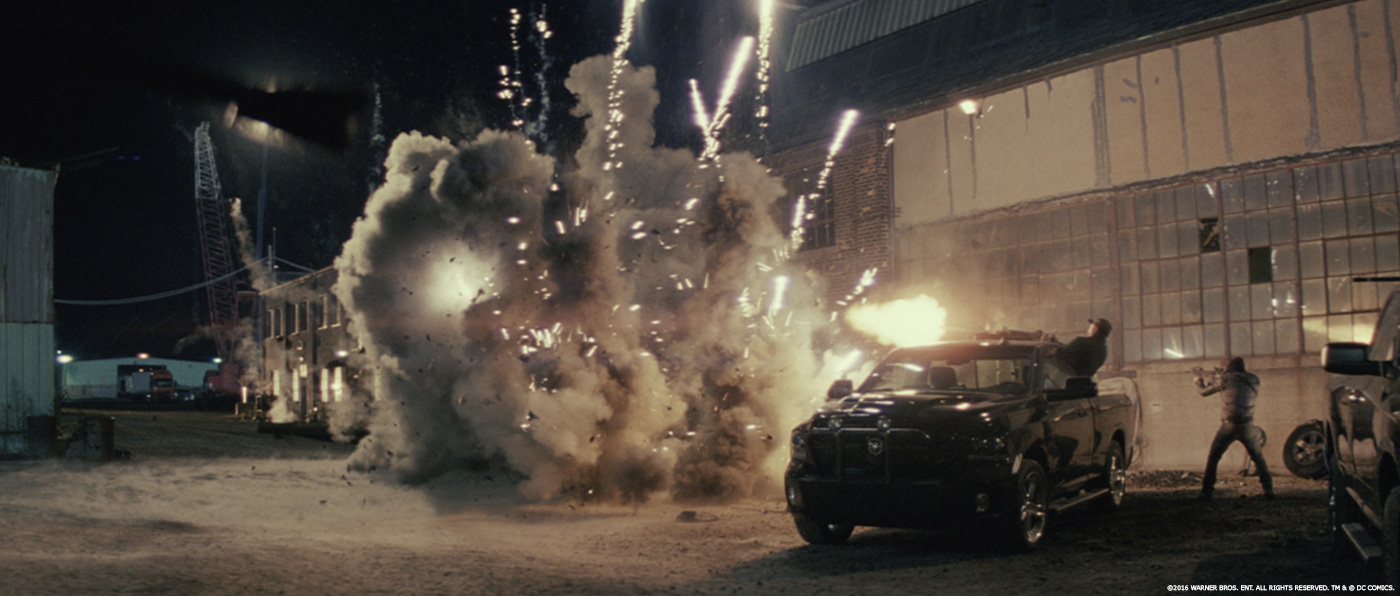
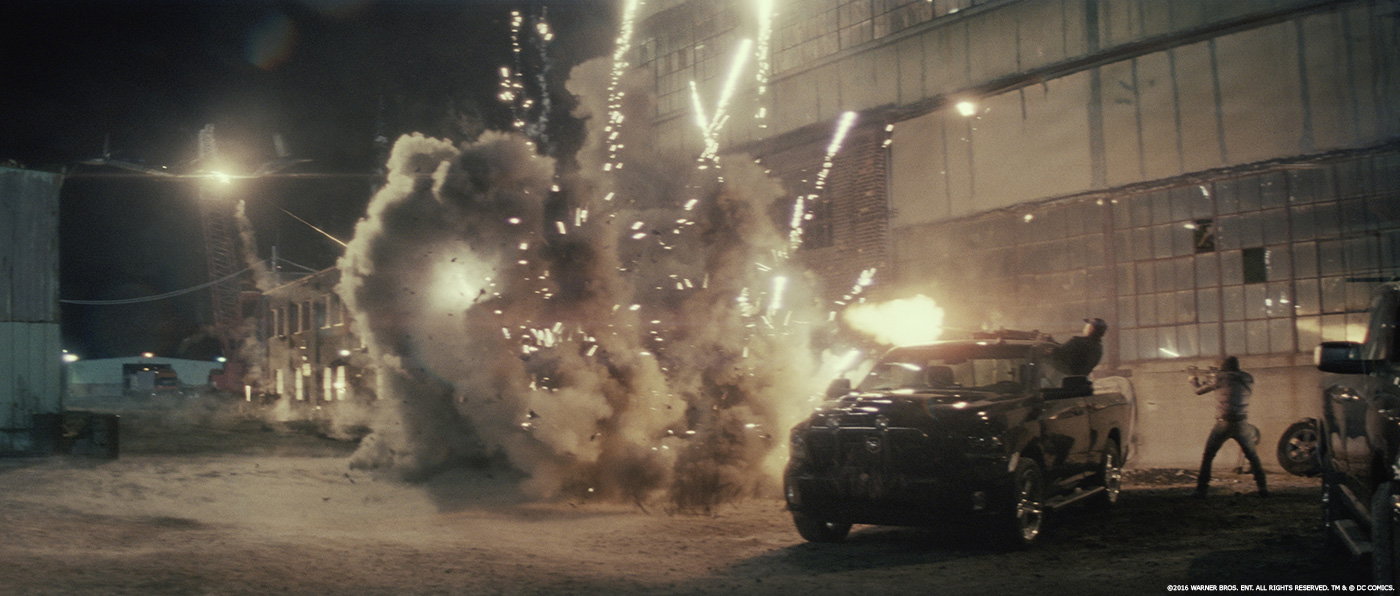
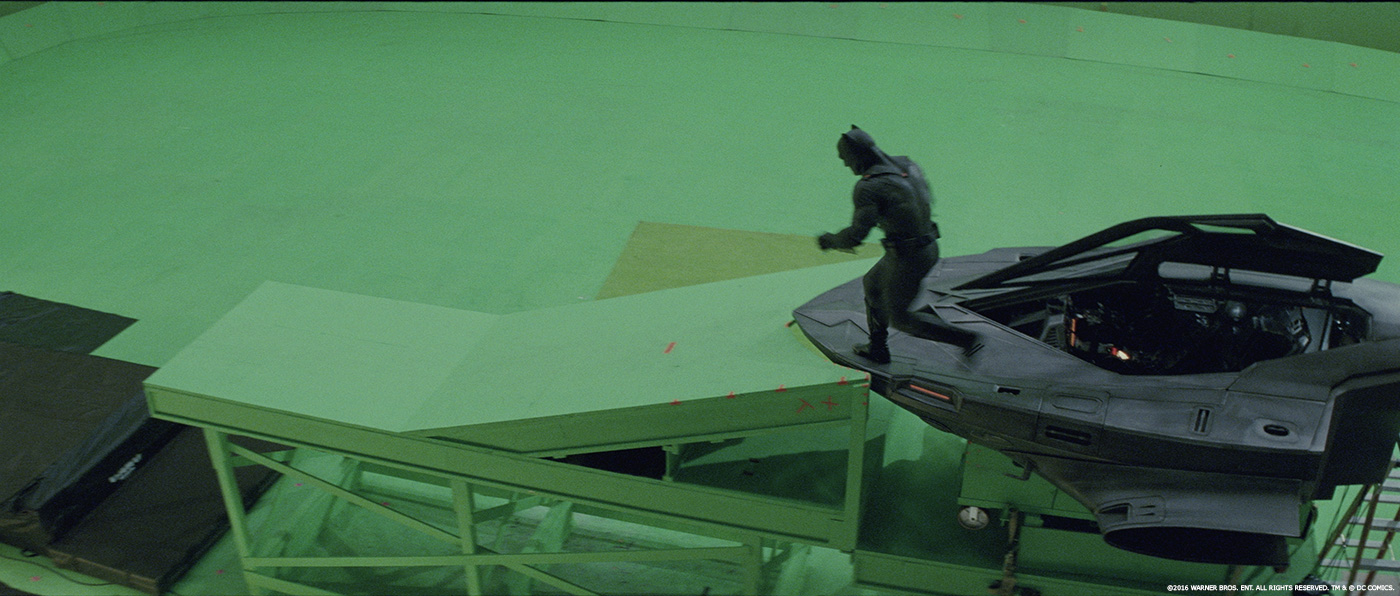
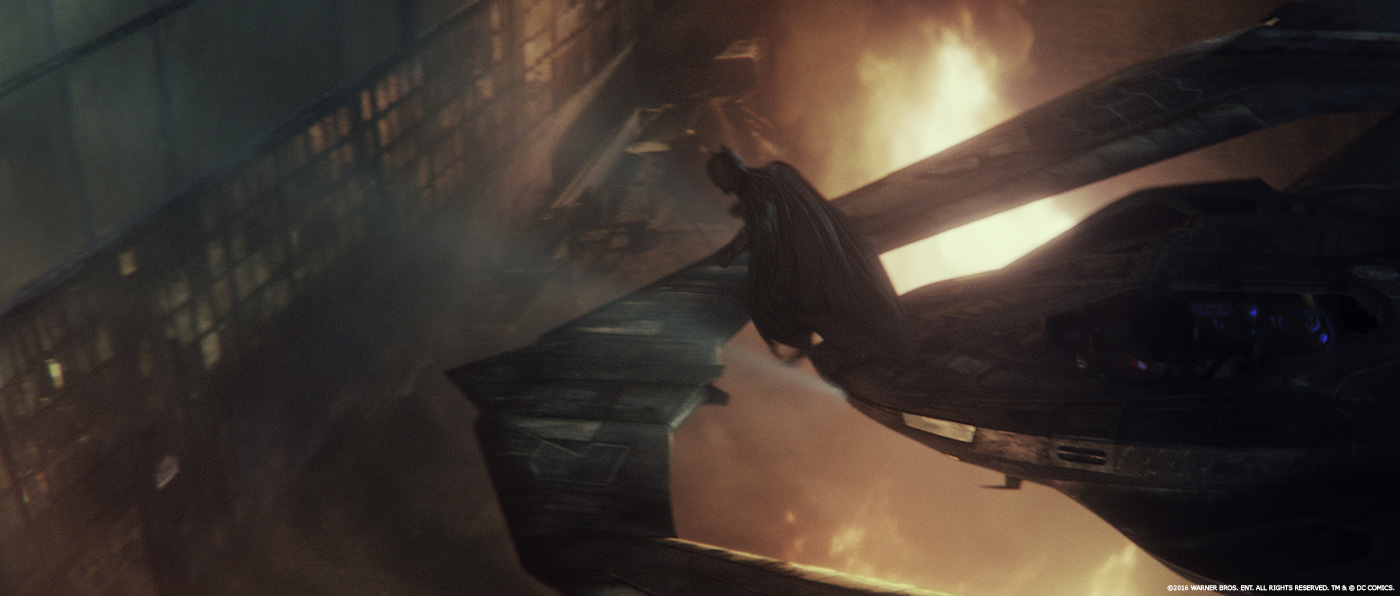
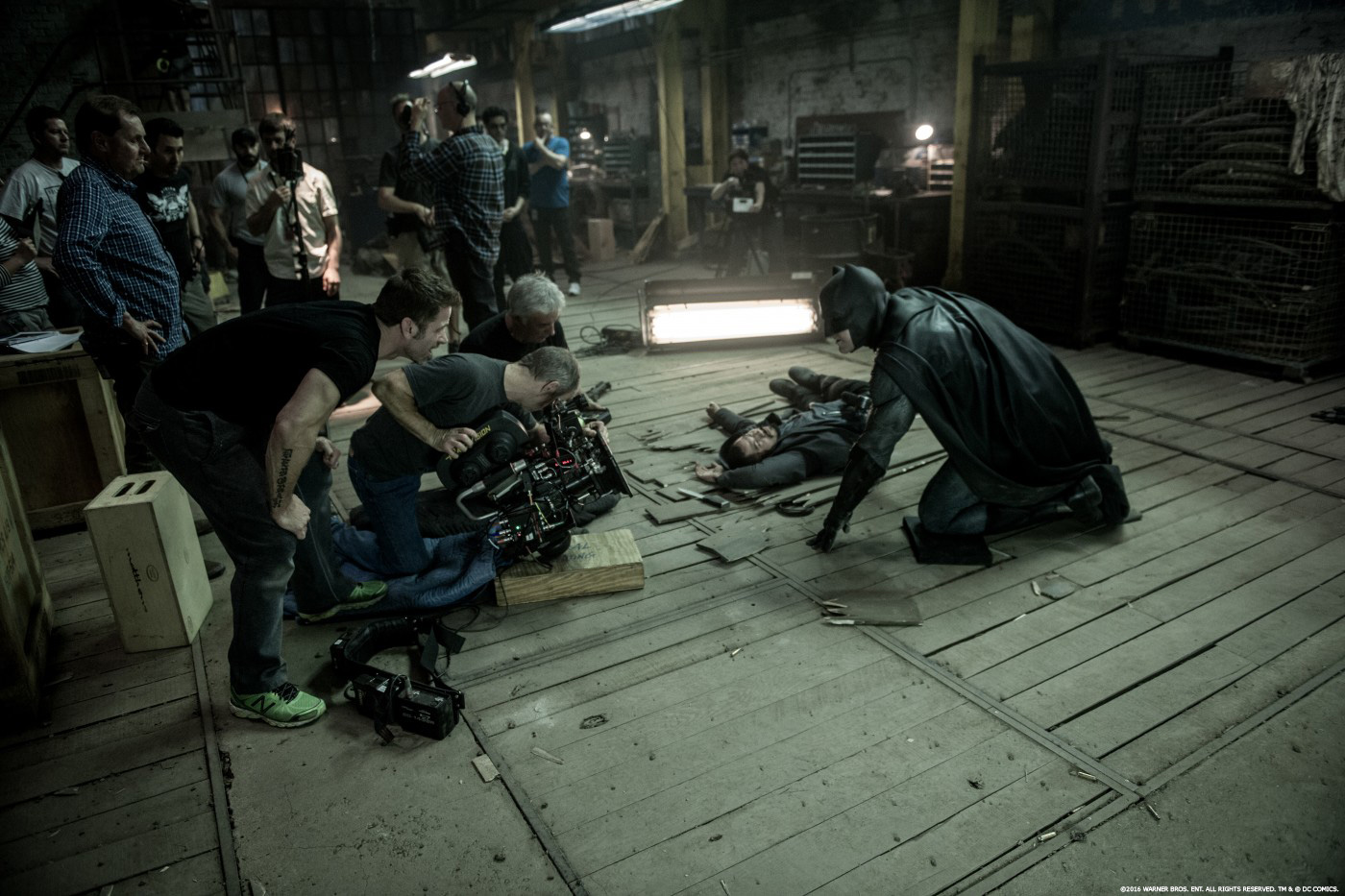
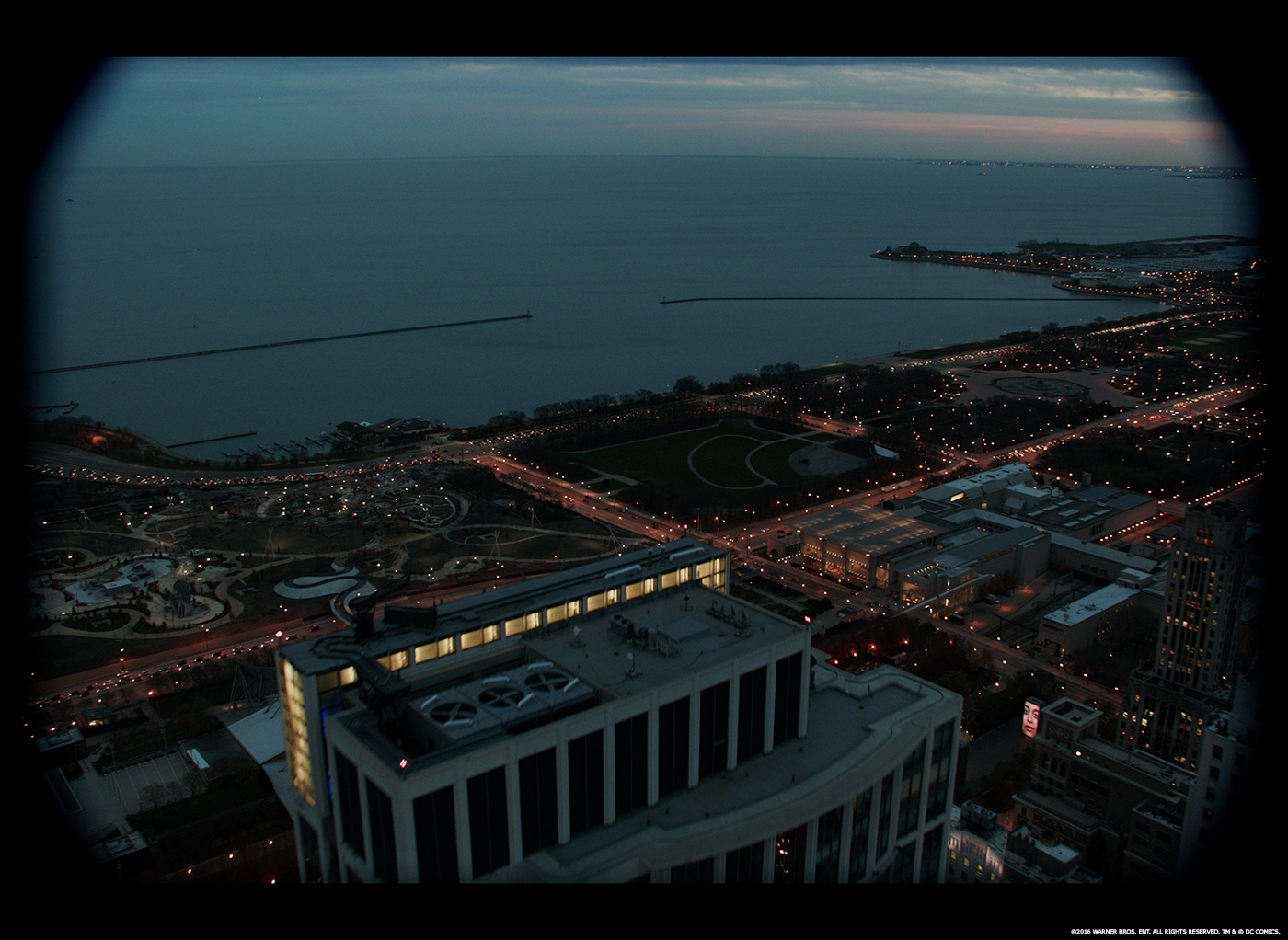
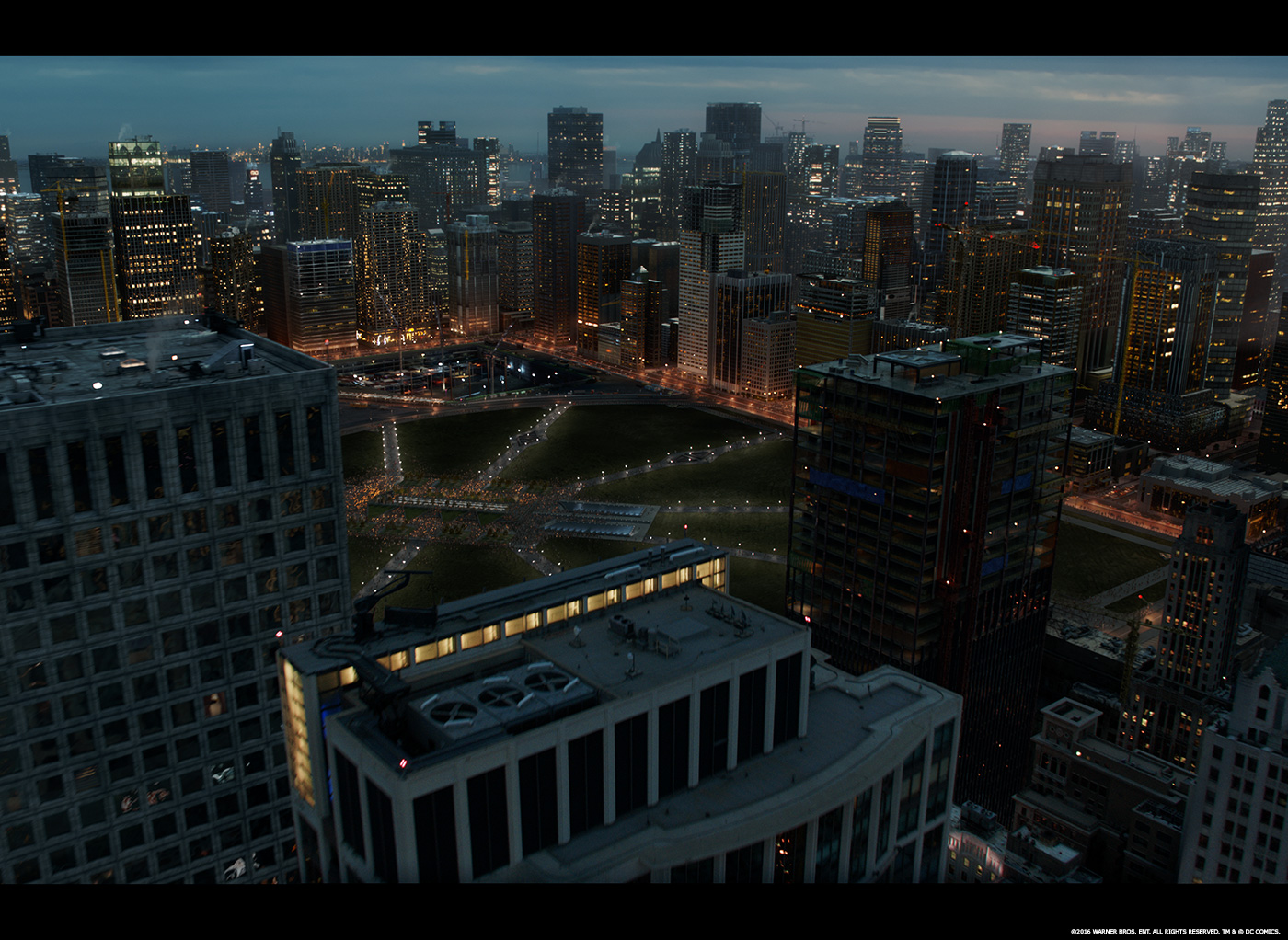
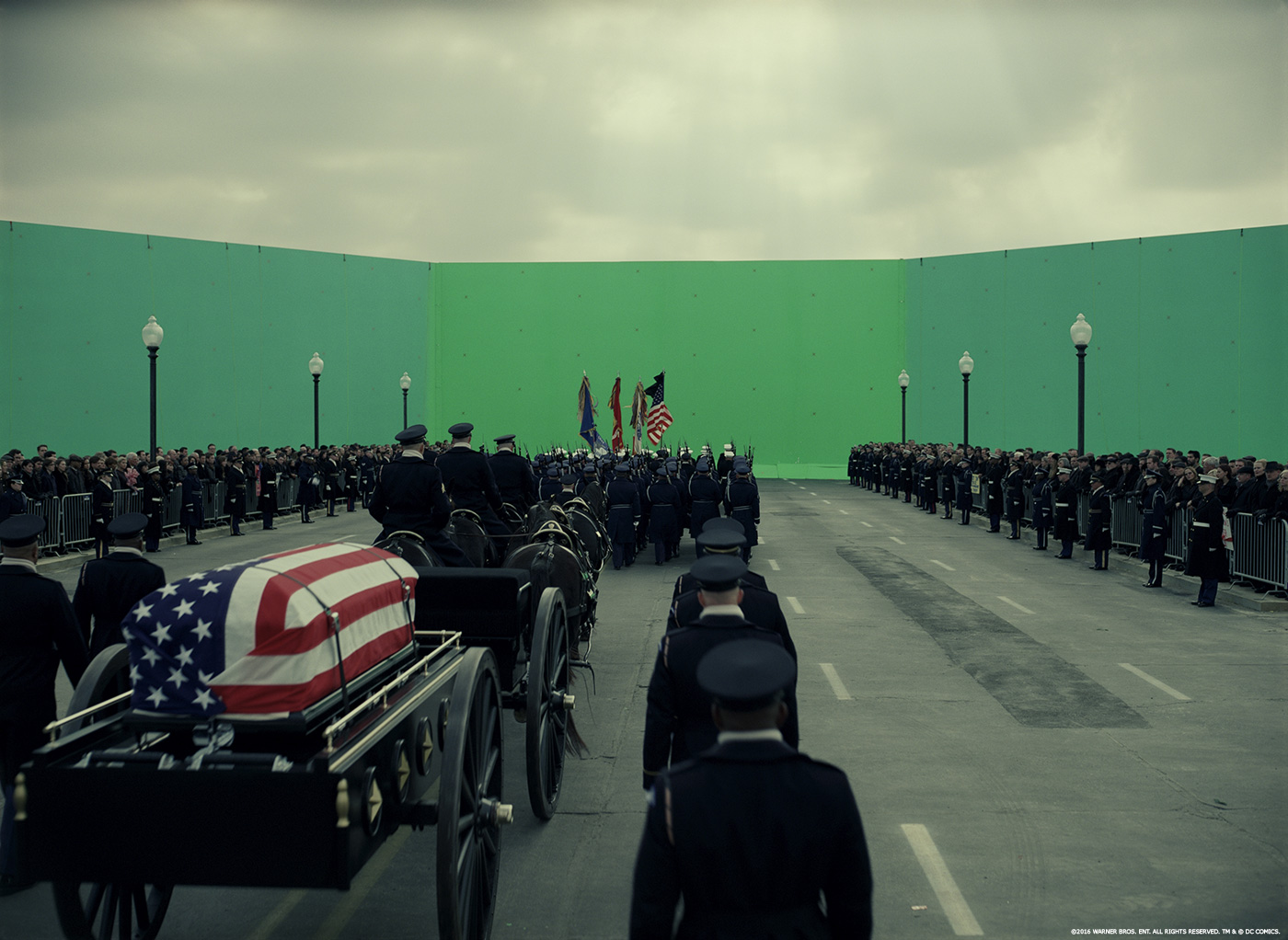
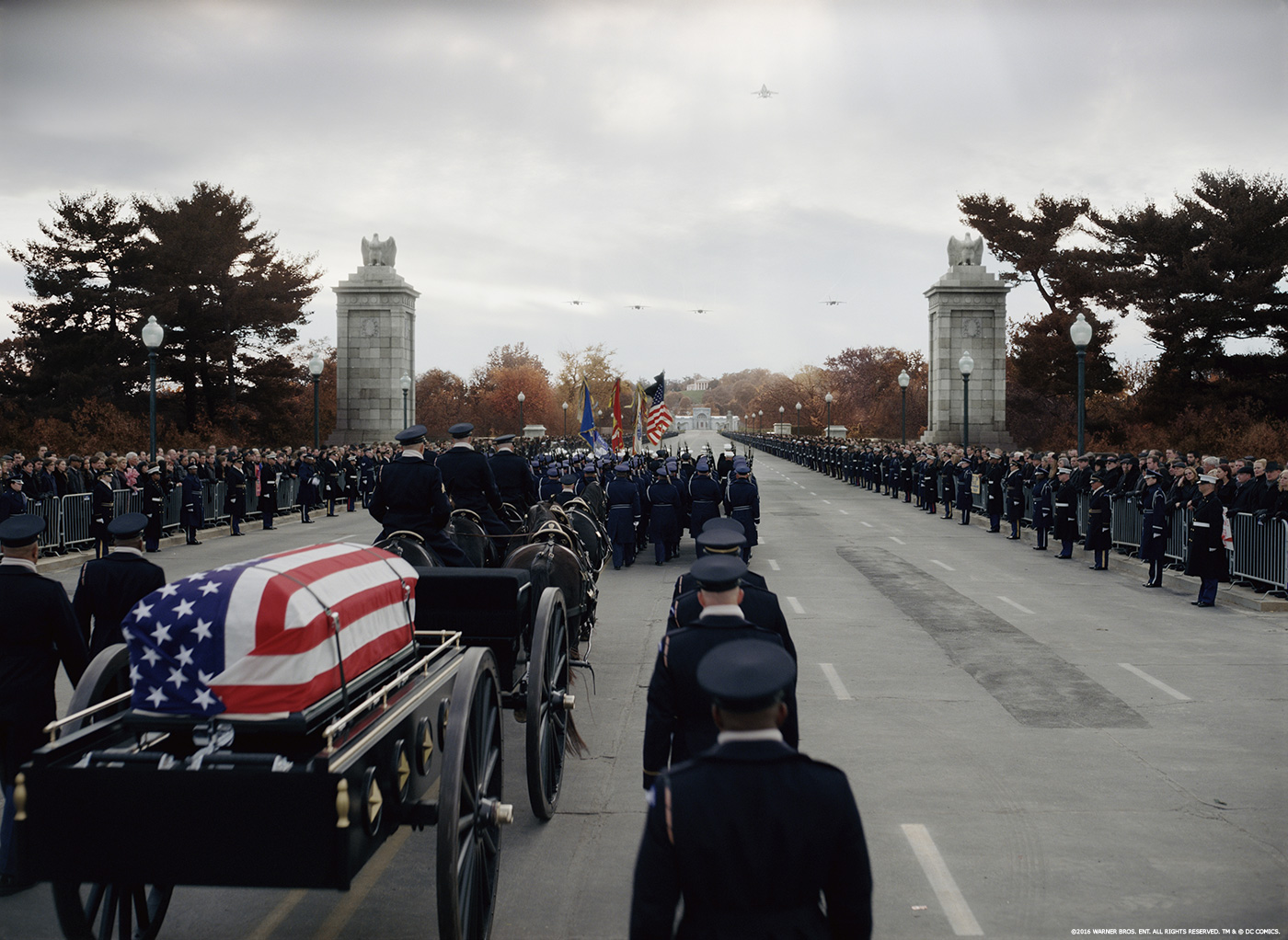
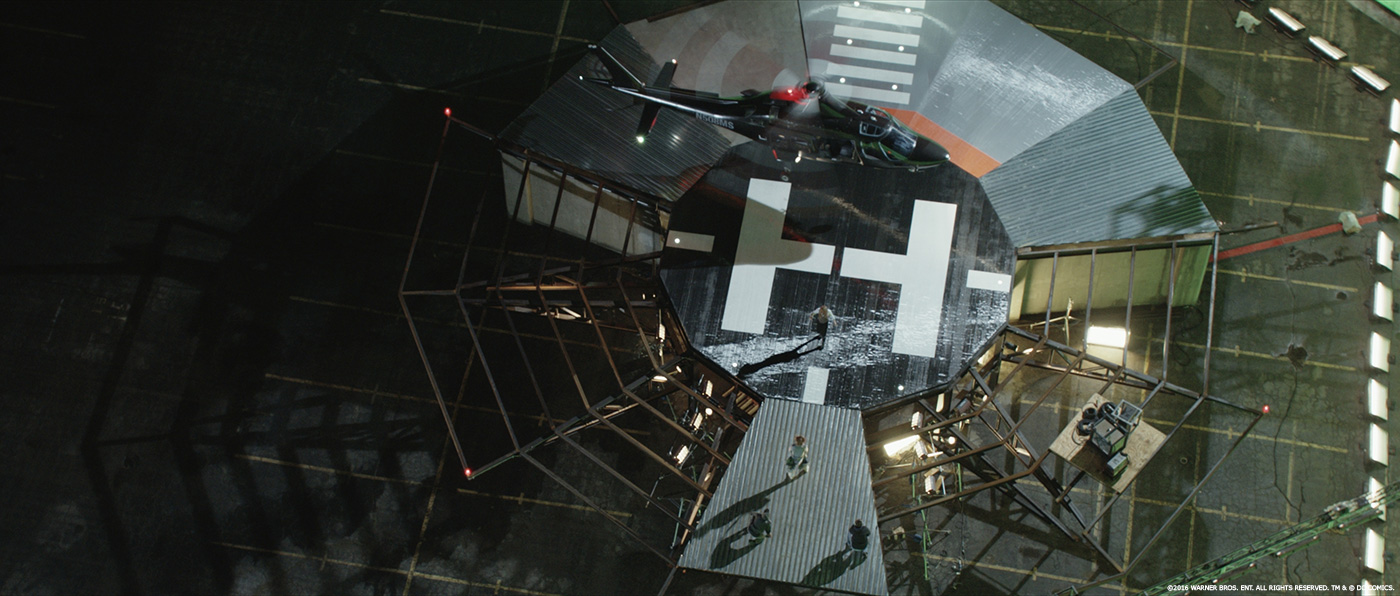
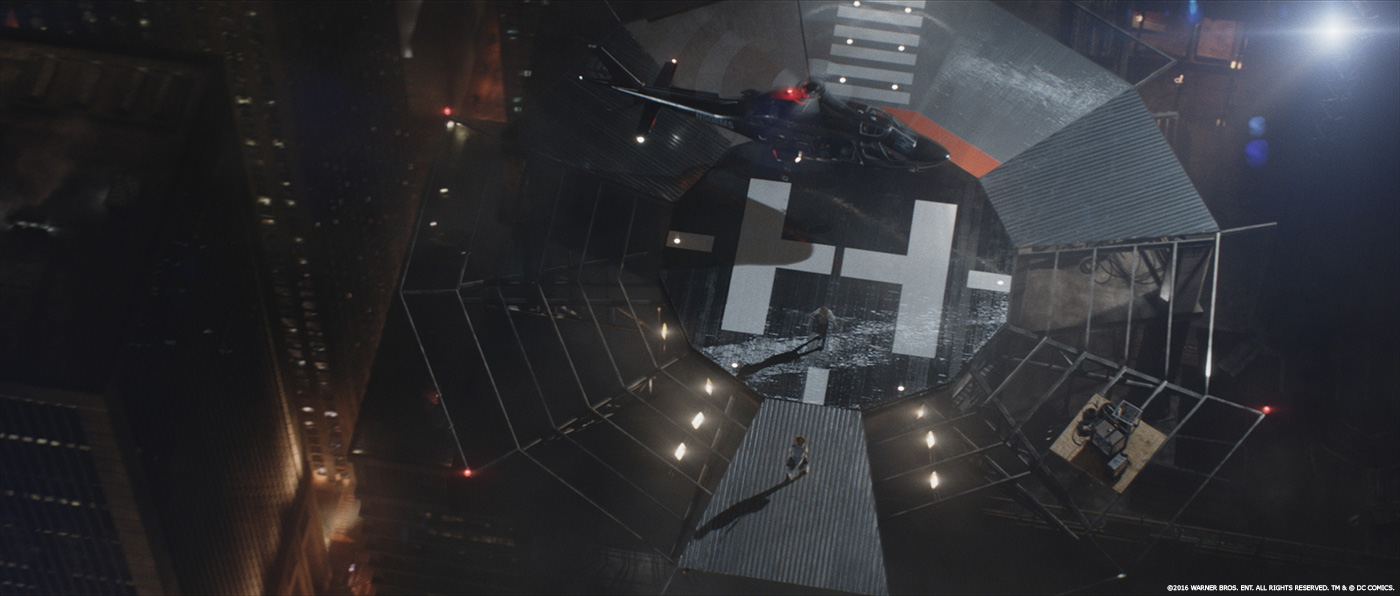





amazing work of what they can do.